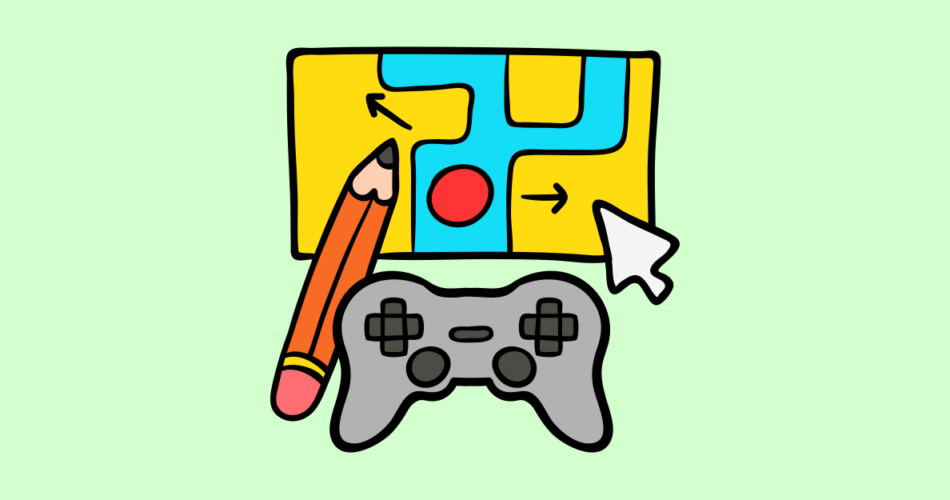In the realm of C++ programming, delving into the world of graphics and visualization is an exhilarating journey. One of the key tools that empowers developers to create stunning visual experiences is OpenGL. This comprehensive guide takes you on a tour through the realm of OpenGL in C++, shedding light on its capabilities, applications, and real-world examples.
Introducing OpenGL in C++
OpenGL, short for Open Graphics Library, is a cross-platform API (Application Programming Interface) that facilitates interactive 2D and 3D graphics applications. It provides developers with a powerful set of functions and tools to render complex graphics, enabling the creation of immersive and visually captivating experiences.
Understanding the Graphics Pipeline
Before diving into OpenGL, it’s essential to grasp the graphics pipeline. The graphics pipeline is a sequence of stages that transforms 3D data into 2D pixels on your screen. Understanding this pipeline is fundamental to harnessing the full potential of OpenGL.
Setting Up OpenGL in C++
To embark on your journey with OpenGL, you need to set up the development environment. This involves configuring your project to include OpenGL libraries and headers. Let’s go through the process step by step, illustrated with practical examples.
Drawing Basic Shapes
OpenGL shines when it comes to rendering shapes and scenes. From drawing points and lines to creating complex polygons and objects, OpenGL equips you with tools to bring your creative vision to life.
// Example: Drawing a colored triangle using OpenGL in C++
#include <GL/glew.h>
#include <GLFW/glfw3.h>
int main() {
// Initialize GLFW and create a window...
// Create and compile shaders...
// Create a vertex array object...
// Render loop...
return 0;
}
Textures and Lighting
Creating realistic scenes often requires incorporating textures and lighting effects. OpenGL provides the means to apply textures to surfaces and implement lighting models for enhanced visual fidelity.
Modern OpenGL and Shaders
Modern OpenGL introduces shaders, which allow you to perform custom calculations at various stages of the graphics pipeline. Shaders enable stunning visual effects, realistic lighting, and advanced rendering techniques.
Real-World Applications
OpenGL’s power isn’t confined to graphics alone. It has found its way into various industries and applications, including video games, scientific simulations, architectural visualization, and medical imaging.
Performance Optimization
Optimizing graphics performance is crucial for delivering smooth and responsive experiences. Learn about techniques like vertex buffer objects, index buffers, and vertex array objects that can significantly boost your application’s efficiency.
The Future of Graphics Programming
As technology advances, so does graphics programming. Explore upcoming trends, such as ray tracing and real-time global illumination, and how OpenGL is evolving to incorporate these cutting-edge features.
Conclusion
Embracing OpenGL in C++ opens the doors to a universe of creative possibilities. From interactive simulations to awe-inspiring video game environments, OpenGL empowers developers to craft captivating visual experiences. By delving into the intricacies of OpenGL programming, you can wield the power to design immersive worlds that engage, entertain, and captivate audiences. So, embark on your journey into OpenGL, and witness your coding prowess ascend to new heights in the realm of graphics and visualization.
Subscribe to our email newsletter to get the latest posts delivered right to your email.


Comments